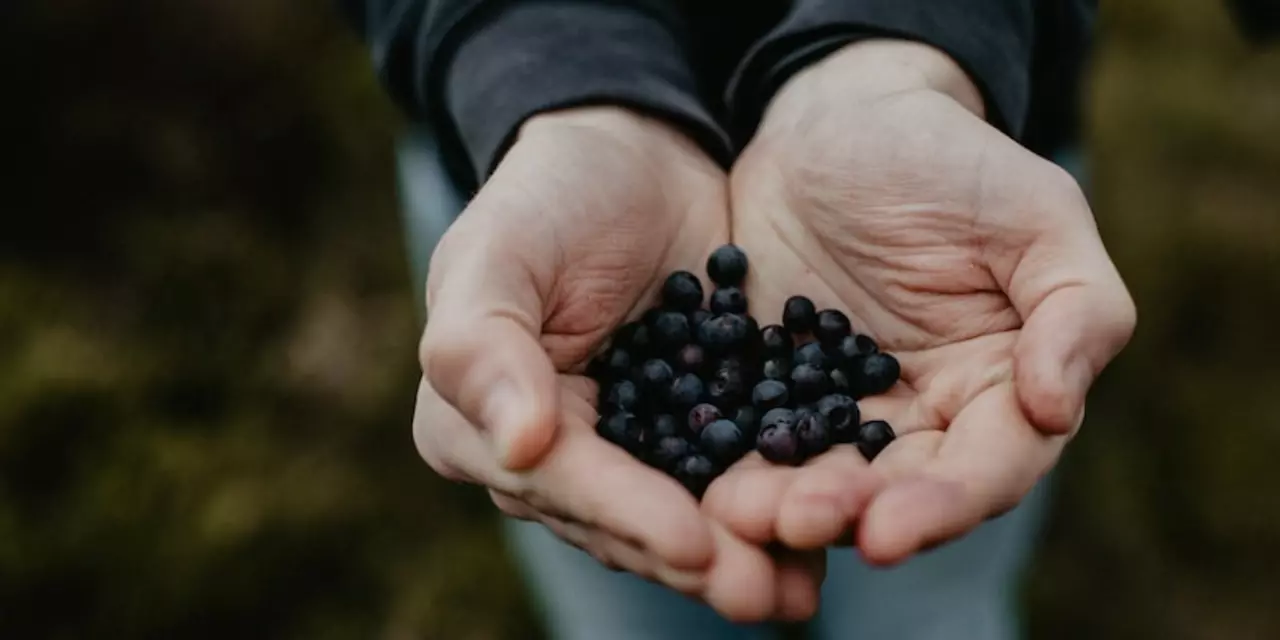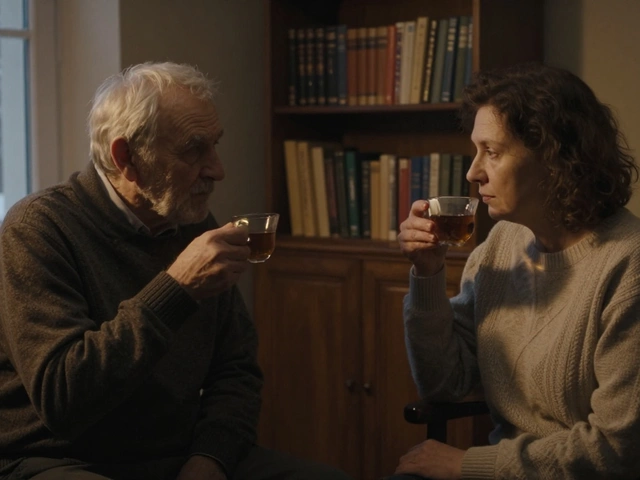Why Tennis Players Bend When Receiving Serves – A Simple Breakdown
Ever watched a pro squat low as a serve rockets toward them and wondered what the deal is? It’s not a weird habit – it’s a purposeful move that helps them stay balanced, reach farther, and react faster. Let’s unpack the why behind the bend, so you can try it in your own game.
Balance and Stability
When you bend your knees, your center of gravity drops. A lower center of gravity means you’re less likely to be knocked off balance by a fast serve. Think of it like a sprinter lowering their stance before a sprint – it gives them a stable launch point. In tennis, that stability lets you plant your feet and pivot quickly, which is crucial for returning a tricky serve.
Extended Reach and Angles
Bending also stretches your legs and hips, letting you reach higher and farther without overreaching with your arms. A deeper crouch creates more room for a full swing and helps you keep the racquet head low, making it easier to guide the ball back where you want. Plus, the angle you create can force the server into a surprise, especially if you return the ball to the opposite side of the court.
Another benefit is that the bend lets you see the ball longer. By staying low, your eyes stay level with the ball’s trajectory, giving you a clearer view of spin and speed. That extra visual time translates into a quicker, more accurate response.
So, what does the bend actually do for your reaction time? It buys you fractions of a second. Those split‑second gains add up, especially against fast serves that zip past 120 mph. The lower stance shortens the distance your body must travel to get into the shot position, making the whole motion smoother.
Finally, bending helps with body positioning for the follow‑through. When you’re low, you can drive the ball forward using your legs and hips, not just your arms. That extra power source makes your return more aggressive and controlled.
Putting it all together, the bend is a multi‑tool: it steadies you, expands your reach, sharpens your sight, speeds up your reaction, and adds power to your return. Next time you step onto the court, try dropping your hips a bit before the serve. You’ll feel the difference immediately – a more solid base, a longer swing, and a clearer view of the ball.
Remember, the goal isn’t to squat like you’re doing a full split, just enough to keep your weight low and your body ready. Practice the stance in drills, and soon it’ll become second nature. That’s the secret behind the pro’s smooth, effective returns – a simple bend that makes a big impact.
Tennis players bend when receiving serves for several reasons: to maintain balance, to increase their reach, to better read the serve and to make the server think the ball is going to the wrong place. Bending can help players react more quickly and return the serve at an angle that the server did not expect. It also helps players keep their eye on the ball, ready to react as soon as it is hit. Bending correctly can take a player’s game to the next level as it gives them more time for an effective response and allows them to have more control over the ball.
Continue reading...



